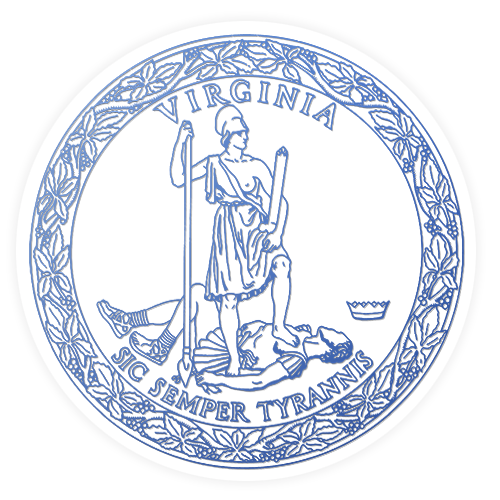
HAMPTON—Governor Ralph Northam today held a press conference to discuss the removal of letters that spelled “Jefferson Davis Memorial Park” on an iron archway and the renaming of the park at Fort Monroe in Hampton, Virginia.
“Removing these letters from the arch and adding signs with an honest interpretation of a troubled time in Virginia’s history is far more welcoming and reflective of our values,” said Governor Northam. “Whether we are addressing long-standing inequities, or removing a memorial to a defender of slavery, it is through our actions that we will tell the world what kind of place Virginia is today, and tomorrow.”
In April, Governor Northam wrote the Fort Monroe Authority’s (FMA) Historic Preservation Officer requesting the removal of the arch and renaming of the park. In his letter, Governor Northam urged the FMA to act prior to the upcoming events at Fort Monroe to commemorate the 400th anniversary of the arrival of enslaved Africans at Old Point Comfort in 1619. The FMA board responded to the Governor’s request by voting unanimously in favor of the removal of the arch on April 18.
Upon receiving the request to remove the arch, the FMA conducted a transparent process and followed the protocols and procedures laid out by the governing documents for Fort Monroe, which included three written public comment periods and one public hearing. Last week, Governor Northam signed a mitigation agreement with the FMA and the Department of Historic Resources allowing the removal of references to Davis from the arch and park, and on Friday, August 2, the letters were taken down.
Today, the arch and park no longer bear the name “Jefferson Davis” and interpretive signs have been installed on the ramparts at the foot of the hill that contextualize the arch, the park, and the full history of Fort Monroe. The letters will be placed inside the Casemate Museum on the grounds of Fort Monroe.
“Fort Monroe is a symbol of the arc of freedom and removing this arch allows us to tell Fort Monroe’s special story with the reverence and respect it deserves,” said Fort Monroe Authority Director Glenn Oder. “This will let us tell the history the way it was intended to be told both in terms of when the arch was installed and why, as well as allowing people to interpret the arch for themselves.”
Two interpretive signs were erected to provide contextual background. The language on these signs is below:
Sign 1: The Jefferson Davis Memorial Arch was erected in 1956 by the United Daughters of the Confederacy, with the permission of the U.S. Army, to commemorate the imprisonment of Confederate President Jefferson Davis at Fort Monroe. The arch was rededicated in 1986.
After the Civil War, Jefferson Davis stood as the most vocal proponent of the claim the war had been a constitutional struggle, not a fight over the future of slavery in the United States. His claim was part of the Lost Cause crusade, in which white southerners sought to elevate secession, the Confederacy it created, and the war it waged into a high-minded crusade.
Sign 2: This memorial to Jefferson Davis, for some, conjures up a sense of heritage and history. For others, it is a symbol of hate and highlights the intent to exclude African Americans from public life and civil liberties. This memorial was placed here during the modern civil rights movement in the 1950s, a time which triggered a wave of Confederate monuments and the renaming of public buildings and spaces. Some Virginia cities and counties closed their schools in “massive resistance” to the Supreme Court’s invalidation of segregation, arguing that it was the state’s right to determine relations between black and white people. The new memorials, such as this arch, celebrated the heroes of the Confederacy as defenders of an unfairly oppressed region, in opposition to this federal ruling.
# # #